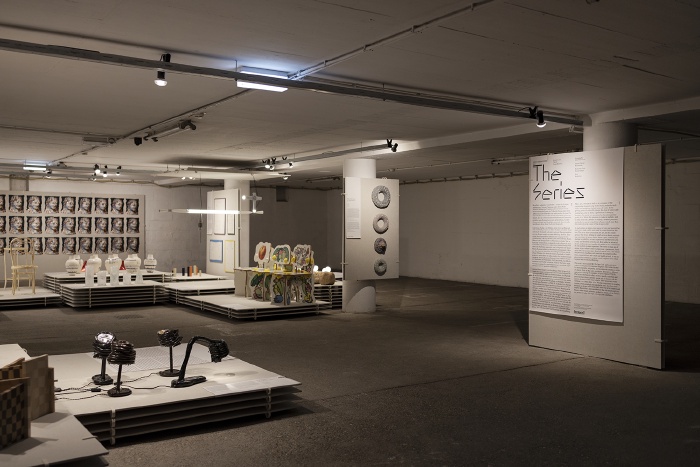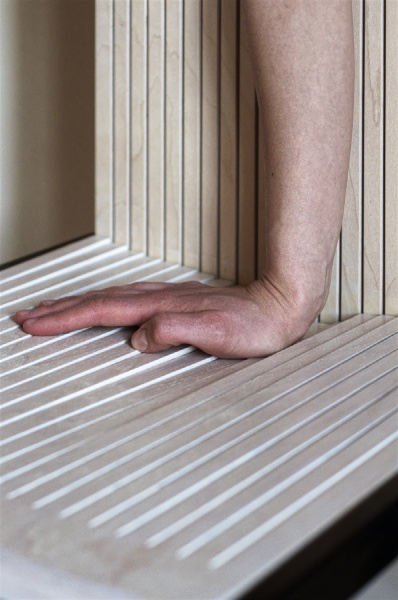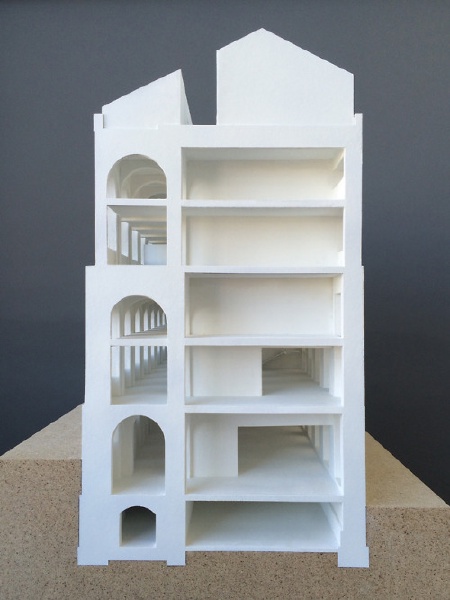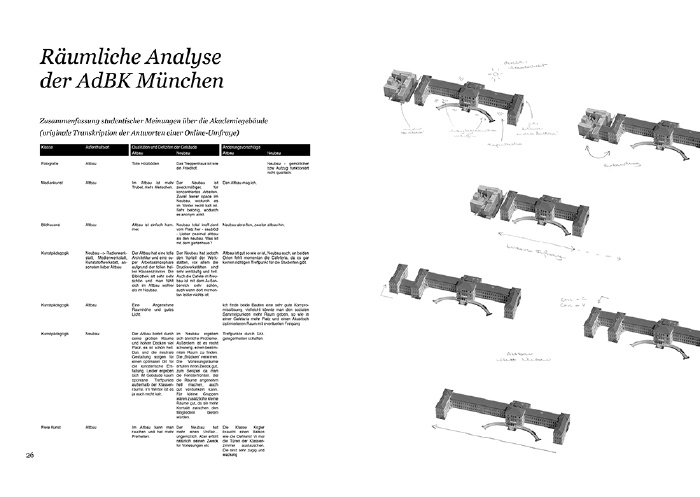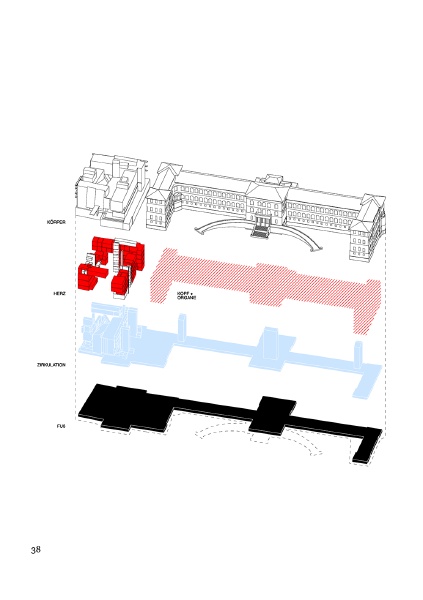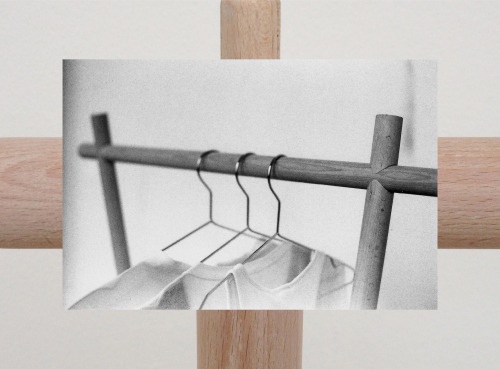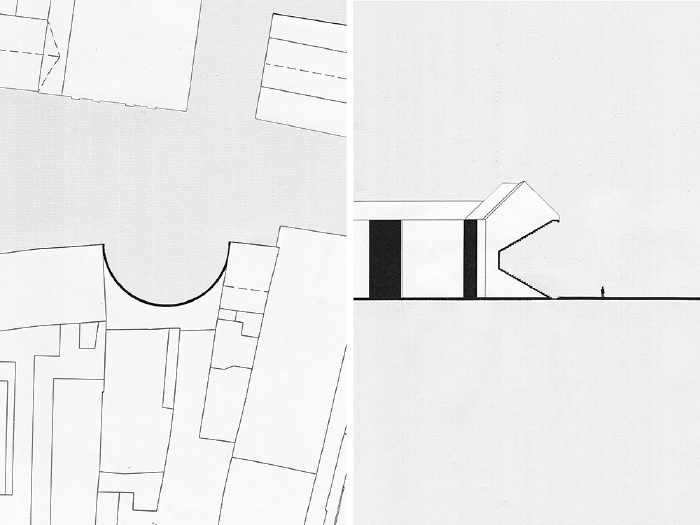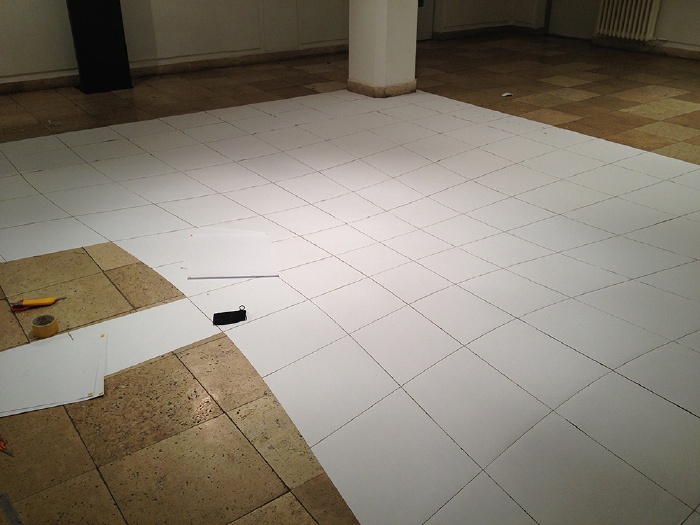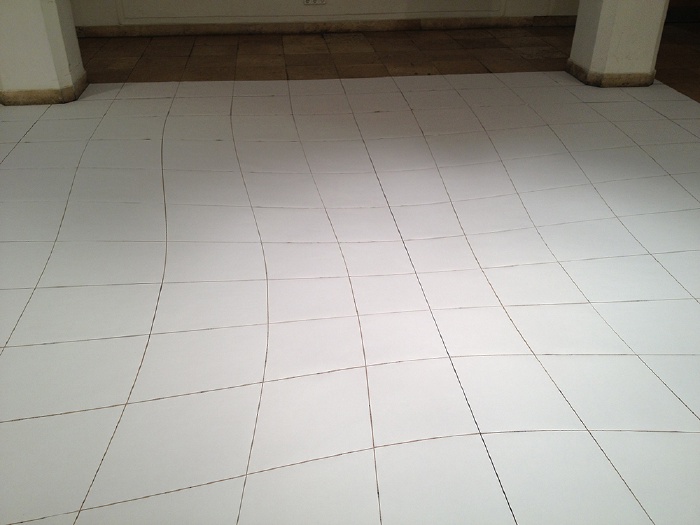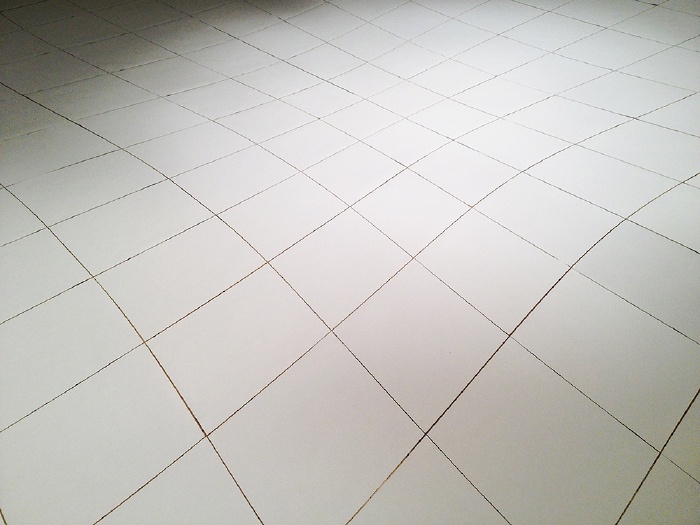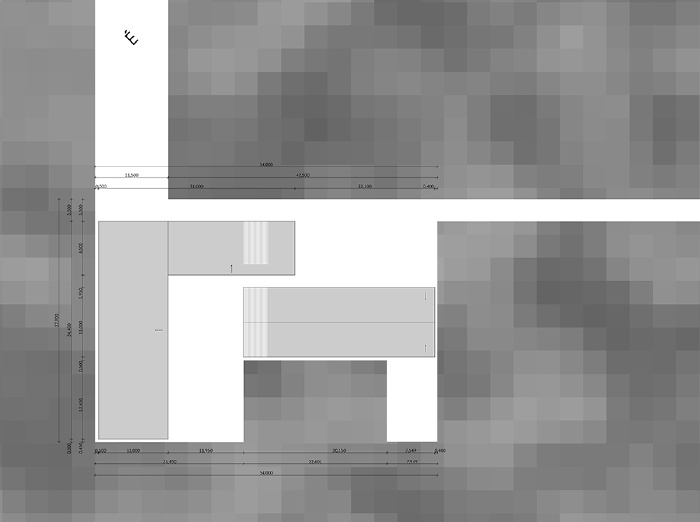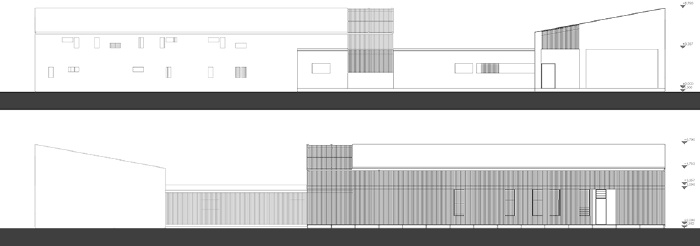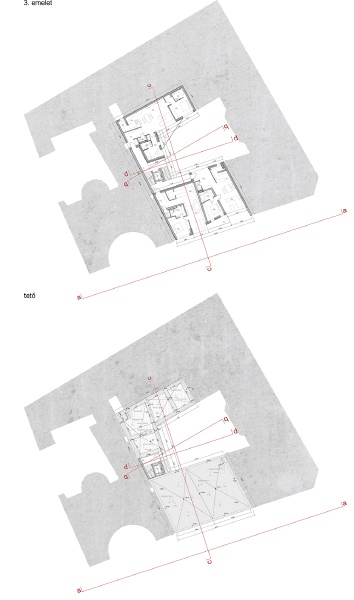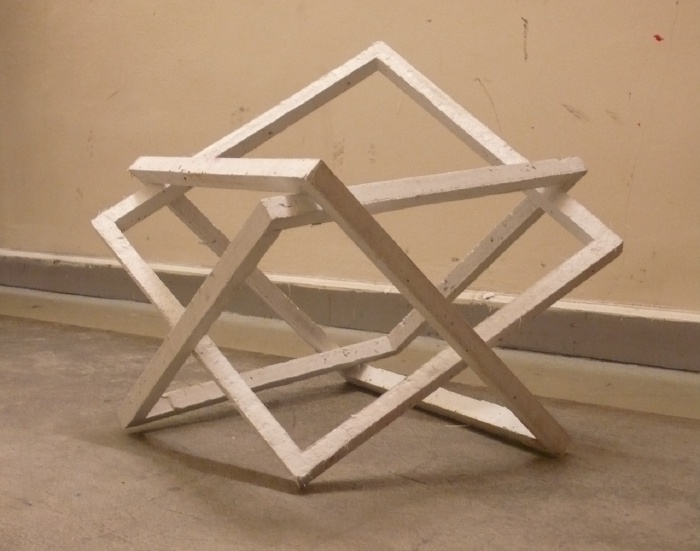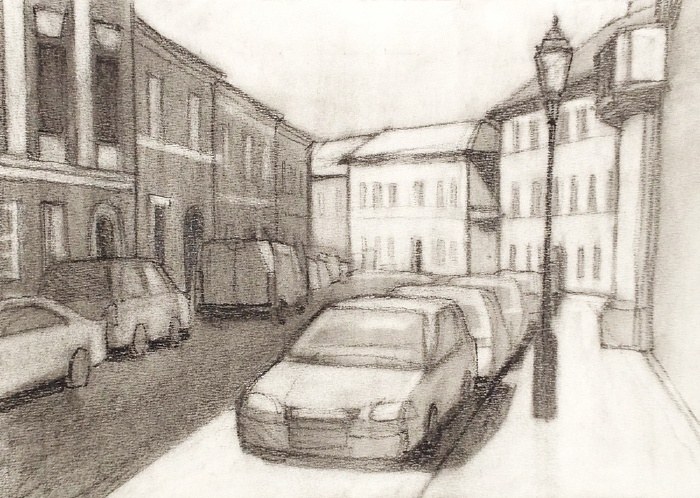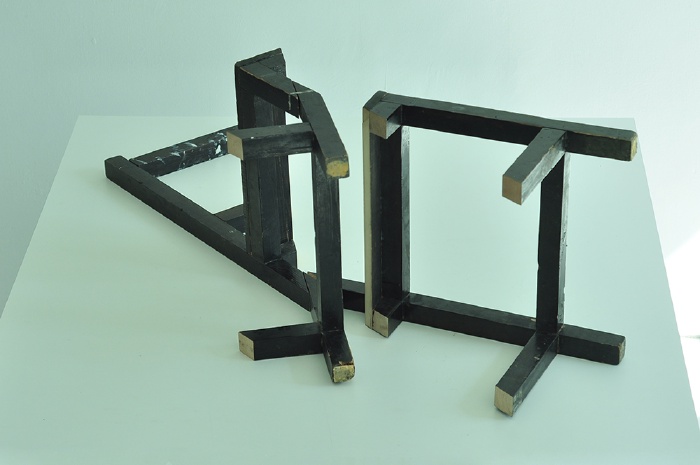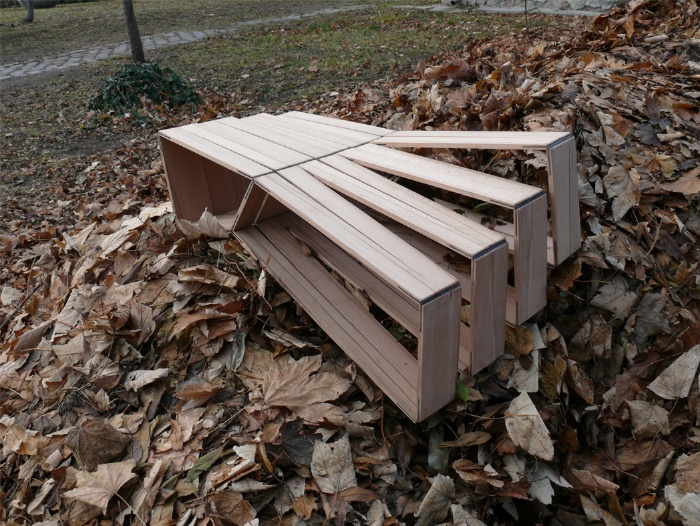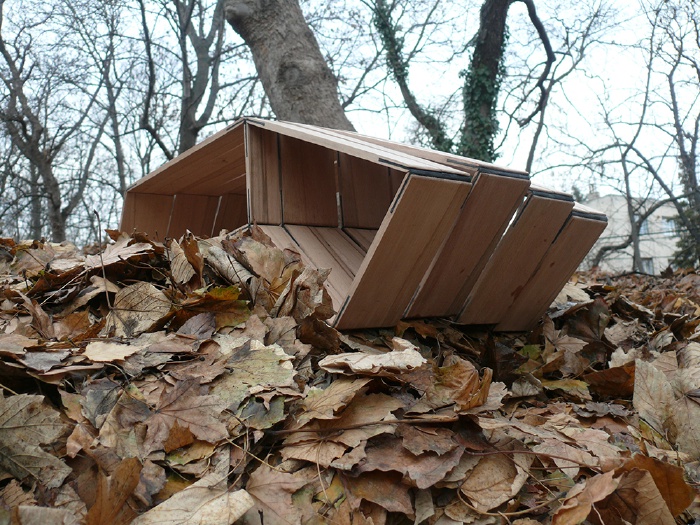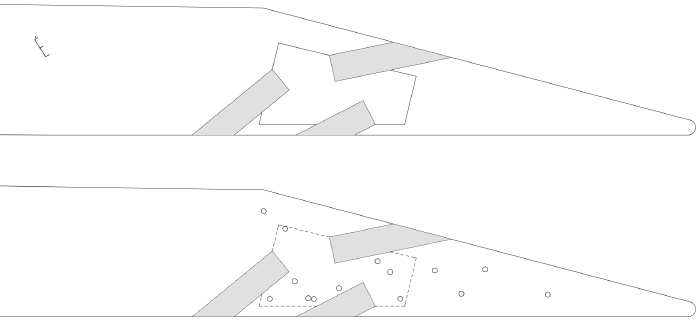The garage of a former hotel was transformed into an exhibition space. The materials used blend into the rigid industrial architecture, providing a neutral platform for the small series of collectibles, thus emphasising their diversity. The display was carefully designed and installed to allow further use of its elements after the exhibition.
Curation and texts: Laura Houseley Exhibitors: alexandra gerber studio, Alexandre Delasalle, Anna Nordström, Erika Emerén, Fabio Spink, Heiko Bauer, Jakob Niemann, Jesper Oléhn, Johanna Seelemann, Kuo Duo, Leo Koda, Liam McClure, Moon Seop Seo, Office For Ordinary Objects, Roxanne Kury, Sarah Yao-Rishea, Studio Joachim-Morineau, Studio Nicolas Erauw, Thomas Waidhofer, Victor Montour, Ward Wijnant Scenography: Dóra Medveczky Graphic Design: Bueronardin Prints: PerfectCut
Exhibition and lighting setup: Florian Kläger, Dóra Medveczky Many thanks to Oskar Chodzinski, Philipp Eduard and Andrea Hausmann for the helping hands.
The fermacell® gypsum fibreboards used in the scenography were kindly provided by James Hardie Austria.
Photos: Dóra Medveczky
